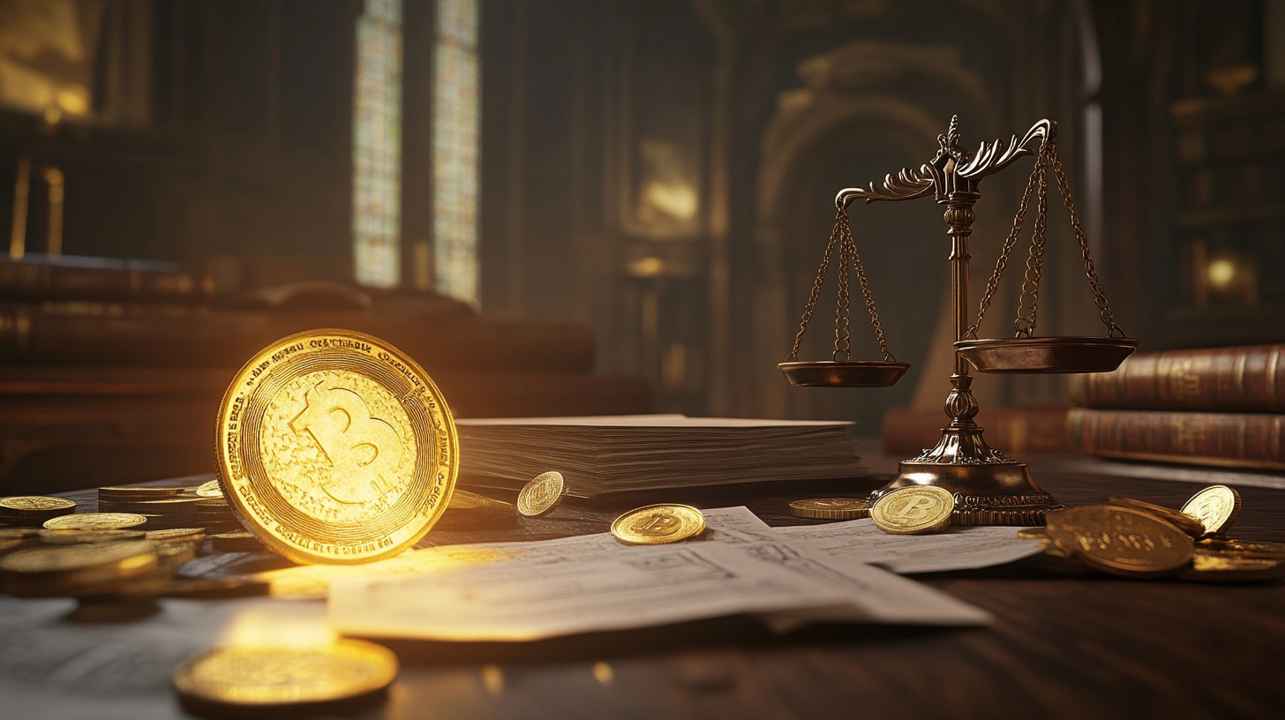US Crypto Policy Takes Shape: Donald Trump’s Executive Order Explained
Key Takeaways
- Donald Trump signed a crypto executive order aiming to establish the U.S. as the global crypto capital.
- The order prohibits central bank digital currencies (CBDCs) and establishes a working group to develop clear crypto regulations.
- The initiative includes creating a national crypto reserve derived from lawfully seized digital assets.
After much anticipation, President Donald Trump finally signed an executive order on Jan. 23 to cement the United States’ position as a global leader in crypto and AI.
The sweeping directive outlines a framework to foster innovation, eliminate regulatory uncertainty, and safeguard individual financial sovereignty.
The order’s core provisions include banning central bank digital currencies (CBDCs), creating a national crypto stockpile, and forming a dedicated working group to establish a comprehensive regulatory framework.
-
Crypto UK Central Bank Sets Up Digital Pound Lab To Gauge CBDC Potential
-
Crypto Texas, Oklahoma Join Growing Chorus for Strategic Bitcoin Reserve
-
Crypto US Crypto Czar: David Sacks Nominated To Shape Crypto and AI Strategy
Establishing the Crypto Working Group
Central to the executive order is the formation of a “crypto working group” under the National Economic Council. This committee, led by the newly appointed AI and crypto czar, will collaborate with multiple financial market regulators to overhaul the nation’s digital asset policies.
The group has been tasked with a tight timeline:
- 30 days to identify all regulations , orders, and guidance affecting the crypto industry.
- 60 days to recommend repeals, modifications, or the creation of new rules.
- 6 months to draft comprehensive crypto regulations governing the issuance and operation of digital assets, including stablecoins.
The initiative reflects Trump’s campaign promises to eliminate regulatory ambiguity —a long-standing frustration for the crypto sector, particularly during the tenure of SEC Chair Gary Gensler.
Building a National Crypto Stockpile
One of the executive order’s most striking elements is the proposal to create a national crypto reserve. This “digital asset stockpile” would consist of cryptocurrencies seized by federal law enforcement agencies.
While Trump has previously floated the idea of a national Bitcoin reserve, the order stops short of prioritizing BTC alone. Instead, the reserve would also include U.S.-developed altcoins, signaling a broader approach to digital asset adoption.
Some crypto purists argue that focusing on altcoins dilutes the initiative, but industry insiders suggest this move could stem from lobbying efforts by blockchain companies, including Ripple , which has made significant investments in promoting its XRP token.
A Firm Stance Against CBDCs
Lastly, the executive order unequivocally bans the issuance or circulation of Central Bank Digital Currencies (CBDCs) within the United States.
Trump’s administration has framed CBDCs as a direct threat to financial stability, personal privacy, and national sovereignty.
Unlike cryptocurrencies such as Bitcoin, CBDCs are government-issued digital currencies operating on private blockchains.
Critics have l ong warned that CBDCs could enable unprecedented levels of monetary surveillance, with central banks potentially controlling how citizens spend their money.
Trump’s stance marks a sharp departure from the Biden administration, which had explored developing a U.S. CBDC to keep pace with global competitors.
Over 100 countries are in various stages of CBDC development, but Trump’s executive order ensures such plans will not move forward under his administration.
Disclaimer: The content of this article solely reflects the author's opinion and does not represent the platform in any capacity. This article is not intended to serve as a reference for making investment decisions.
You may also like
Senator Scott aims for crypto bill approval by August 2025

An NFT trader may face jail time for hiding $13 million in CryptoPunk profits on his tax return
